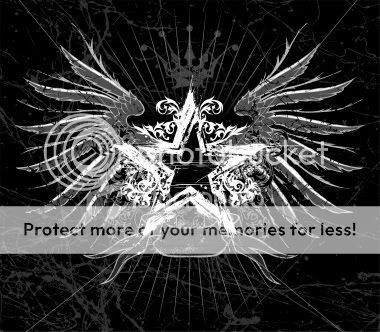|
The Gaza Strip and the West Bank, and Civil War
Palestine
When Israel was founded, the Jews didn’t simply pick an empty span of desert and place a flag. The area known as Palestine was nominally under United Kingdom control, and contained nearly two million permanent residents; most inhabitants of the territory were Muslim, though widespread anti-Semitism throughout the first half of the 20th century had led to a large population of Jewish immigrants and the establishment of several Jewish communities.
The United Nations was sympathetic to the Jews’ desire for homeland, but sought to minimize disruption to the Arabs of Palestine. The United Nations Partition Plan for Palestine outlined a jigsaw puzzle of Arab and Jewish national territories, and left Jerusalem as a non-aligned city under UN control. Most Jews were reasonably content with the plan, which granted to the Jewish state most areas with large Jewish settlements; but Arabs resented it-they saw it as heavy-handed interference by foreign powers, which ceded several Muslim-majority areas to the nascent Israel.
War broke out, and Israel simply seized much of the land that would have been Palestine. Since then, though the country has seen periods of relative peace, the area has been home to a large population of Arabs with no government, no home country, and no national identity. Today, well over ten million Palestinians home and pray for a country of their own, and some are willing to fight for it.
The West Bank (of the Jordan River) lies east of Jerusalem, and includes several holy sites such as the Wailing Wall, the Hill of Calvary, and the al-Aqsa Mosque. The Gaza Strip lies to the west of Israel, bordering on Egypt. The population of each area is overwhelmingly Palestinian.
Israeli control of these territories is controversial because the country seized control of them in the Six-Day War of 1967. According to the original Partition Plan, both of these territories were designated for the Palestinian Arab state; some se Israel’s presence in these areas as an indicator of expansionism and gesture of bad faith with the Arab world, so these areas have been focal points for violence between the Israelis and the Palestinians. Current peace plans involve the possibility of using both to form an independent Palestinian state; but peace may be a long way off.
The closest thing to a Palestinian government is the Palestinian Liberation Organization, which is actually a family of Palestinian nationalist groups. Of course, like all families, the members don’t always agree; sometimes they bicker, and sometimes they won’t speak to each other. In recent years, a dispute between two branches has turned to civil war.
The schism began in 2004, with the death of magnetic Palestinian leader Yasser Arafat. For a generation, Arafat had been the voice and face of the PLO. After his passing, many Palestinians slowly polarized between two factions: Hamas, a terrorist sect, advocates the creation of a Palestinian state through bombings and violence; and Fatah, a more moderate group founded by Arafat, which seeks to forge a new state through a diplomatic process.
Open fighting started in 2006, when Fatah lost power in an election, but refused to cede control to Hamas; since then, several waves of warfare have washed across Palestine, killing hundreds of Palestinians and wounding thousands more. Though the European Union and the United States supply funds, weapons, and training for Fatah and have suspended aid to the now Hamas-controlled Palestinian National Authority, the fighting drags on; it may continue until one or both factions simply lack the manpower to continue.
|


